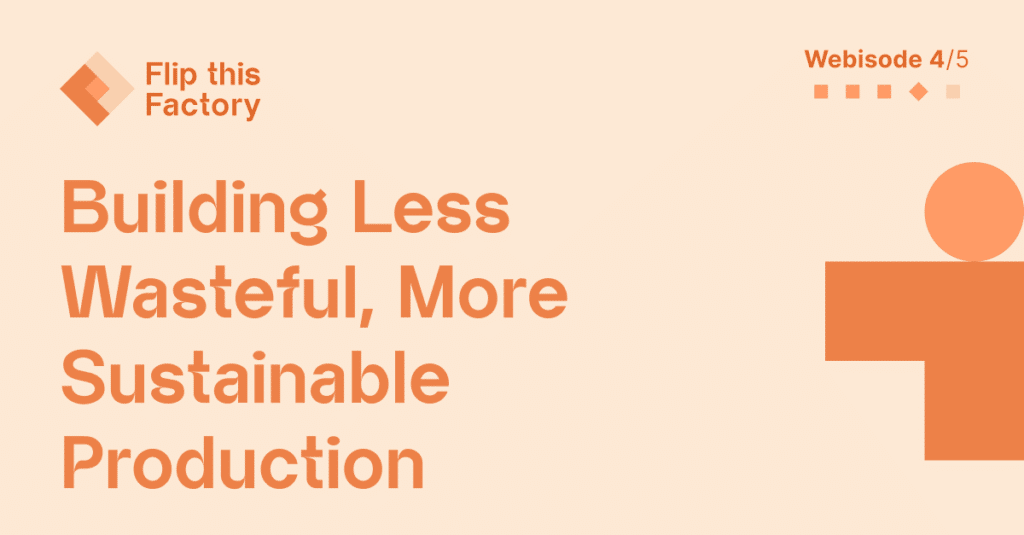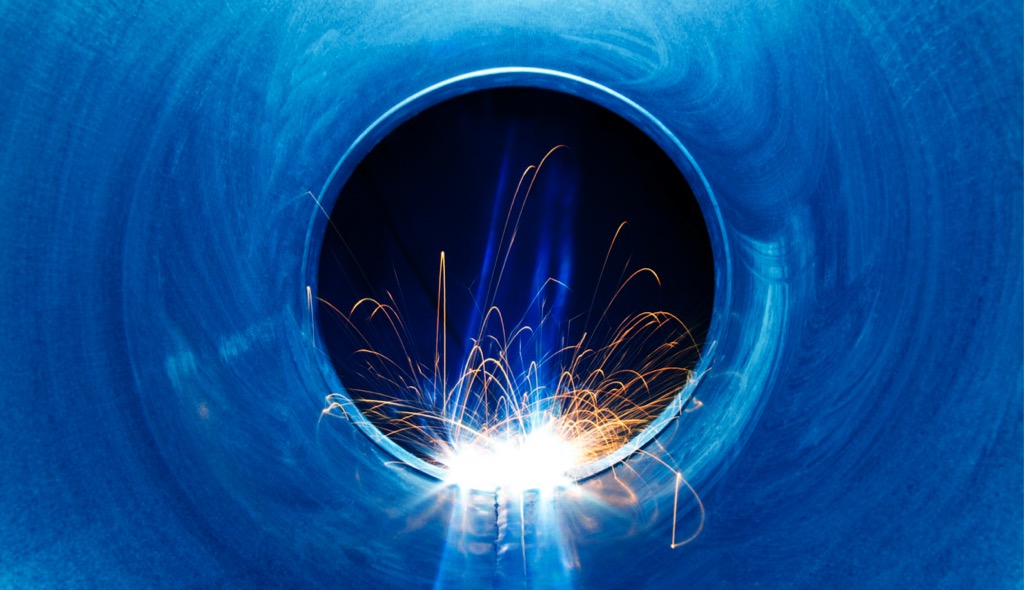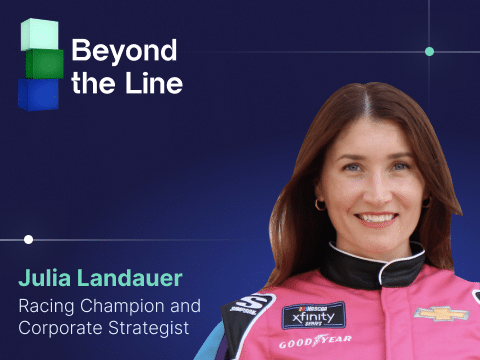
At a recent World Economic Forum gathering, industry leaders talked about how to drive progress towards a more sustainable future. James Newman, Augury’s Head of Product and Portfolio Marketing, was there and witnessed one ESG sticking point – the “G” of governance. How do you control Scope 2 emissions? And are manufacturers willing to foot the bill?
I was thrilled to represent our company in Amberg, Germany at Siemens‘ with the World Economic Forum. The event brought together two different communities – The Global Lighthouse Network and the Net Zero Initiative – to discuss best practices when it came to manufacturers meeting their environmental goals.
A Gathering Of Leaders
It was inspiring to hear how industry leaders are confidently taking charge within their own four walls. But this confidence began to wobble when the discussions turned to dealing with the outside world. Namely, what are the regulations you have in place for your suppliers? How are you making sure they comply now? How will you make sure they comply in a future of increasingly tighter regulations?
Welcome to the complicated world of Scope 2 emissions. These are the greenhouse gas emissions manufacturers do not control directly but are still ultimately responsible for – whether it’s those emissions made further along your supply chain, or even those emissions when a product reaches the hands of the consumer.
So yes, it’s tricky.
“So who’s going to build the world’s first sustainable supply chain?“
Remember The Issue Around Digital Twins?
(Answer: “Issues” Are Almost Always About Money)
These discussions around governing Scope 2 emissions reminded me of the beginning days of digital twins. This was when everybody said, “I want a digital twin and I need all my suppliers to give me their digital twin, so then I can include it in my digital twin.” And then the suppliers said, “Sure. And it will cost you X amount of dollars to make that happen.”
Suddenly everybody went quiet. A few tumbleweeds went by. The crickets started to chirp. In other words, nobody wanted to pay.
Of course, digital twins are a far cry from emissions. They are under no regulatory or societal pressure. Digital twins are a “want to have”. Sustainability is a “must have” – especially in Europe where the conference took place and where regulations are quickly becoming more stringent.
But like digital twins, it may only be the larger players who can afford to pay.
So, What About The Little Guys?
The biggest challenges lay with smaller companies – the SMEs. How do you help them? They probably don’t have the financial resources. They definitely don’t have the people resources. Yet, they make up a huge portion of all emissions.
And yes, among those gathered in Germany, some of the major players seemed to know they would have to foot the bill. They knew they were the leaders and had to get it right. At the same time, some companies are further ahead than others. Most really don’t know what to do and are waiting for answers. They know it’s an issue. They know they have to solve it.
The Big Challenge: How To Comply While Still Making A Profit
So unfortunately, it looks like these big players will have to pay. They are the lighthouses after all. The good news that down the line once we figure out how it’s done, it will get cheaper for everyone.
WEF will be releasing a report with some guidelines around these challenges by the end of year. It will be interesting and full of good stuff. However, it remains to be seen how tactical it will get.
Some Friendly Advice
So here’s my gut- and street-level friendly advice:
1) Realize you will have to invest in your suppliers – to spend capital to help them get to where they need to be.
2) If you are indeed a success within your own four walls, teach them what you know. Be bold. Be brave. Require that they do what you do. Share your list of responsible vendors. Insist they at least start down the road to certification. And if they don’t comply? Well, then you might have to consider if they’re the right supplier for you. This is the price of leadership. This is the price of doing business in our current world. And we really do need to get this right.
Yet, you’re also allowed to hope that by being first, you may also be the first to reap any related benefits down the line.
Read more about Augury’s work with the World Economic Forum’s Lighthouse community.




